(NLDO) - Two strange, previously unknown creatures were "sealed" in sediments in Herefordshire, England, in perfect 3D.
British archaeologists have named two strange creatures from Herefordshire Punk ferox and Emo vorticaudum. They belong to the Aculiferan mollusc branch, date back 430 million years - that is, to the Silurian period - and are extremely valuable fossils.
Most fossils are found as flattened bone fragments in sediments, because the soft tissue rapidly decomposes before it can fossilize.
But Punk ferox and Emo vorticaudum are not only mollusks, but are also preserved in 3D as if they were alive.
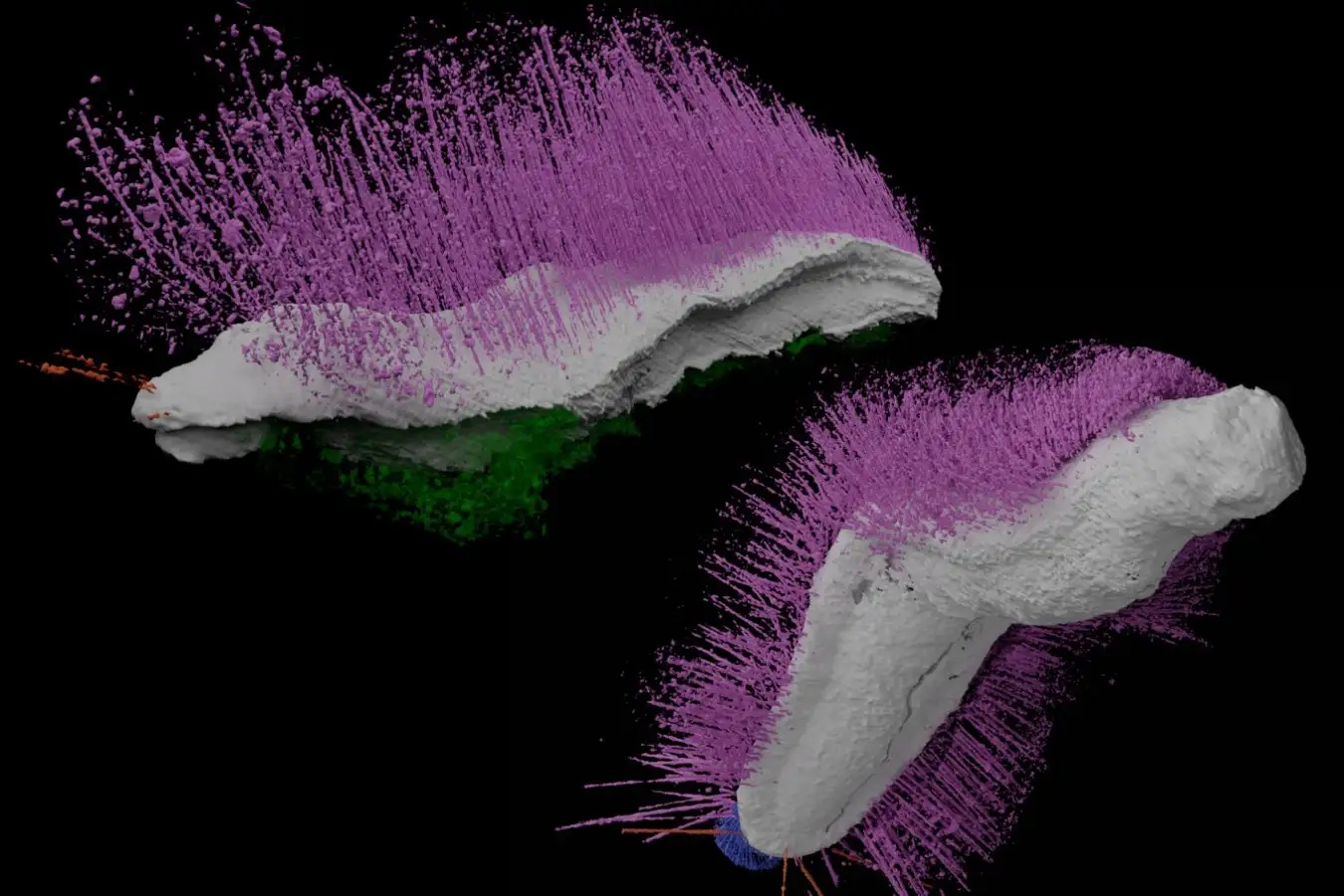
Two strange creatures Punk ferox (top left) and Emo vorticaudum - Photo: NATURE
This condition sometimes occurs when an animal is rapidly buried by something, causing it to be "petrified" and trapped for a moment so that its soft tissues do not have time to be damaged, for example by a large amount of volcanic ash or mudflow.
Explaining in Sci-News , Dr. Mark Sutton from Imperial College London (UK) said that it is the difficulty of soft tissue to fossilize that makes early Aculiferan little known.
For a long time, scant data led scientists to believe that Silurian Aculiferans were quite basic, simple, and primitive.
But two strange creatures in Britain will force them to rewrite the evolutionary history of this group of animals.
The researchers used X-rays to determine the overall structure of the fossils in the rocks that held them. They then carefully cut the fossils into very thin layers, photographing each layer to reconstruct a 3D image of their external features.
Described in the journal Nature , scientists said both specimens had smooth undersides, suggesting they lived on the sea floor.
The fossil Emo vorticaudum was preserved in a folded position, suggesting that the species moved like an inchworm, using its spines to grip and propel itself forward.
Meanwhile, scientists are still unclear about how Punk ferox was able to move, but they found that its feet were shaped like ridges, unlike any other molluscs alive today.
Their appearance is also far from what is imagined of mollusks of this period.
Punk ferox resembles a worm-like mollusk with long spines, broad feet, and a crustacean-like shell.
Emo vorticaudum also has a worm-like shape but is very different from the other species, with a long, spiny body, and a chiton-like shell and body.
“This combination of features helps us better understand the evolutionary tree of mollusks, pointing to a more complex and diverse story than previously thought,” Dr Sutton concluded.
Source: https://nld.com.vn/hai-sinh-vat-la-tai-xuat-nguyen-ven-sau-430-trieu-nam-196250113164759254.htm



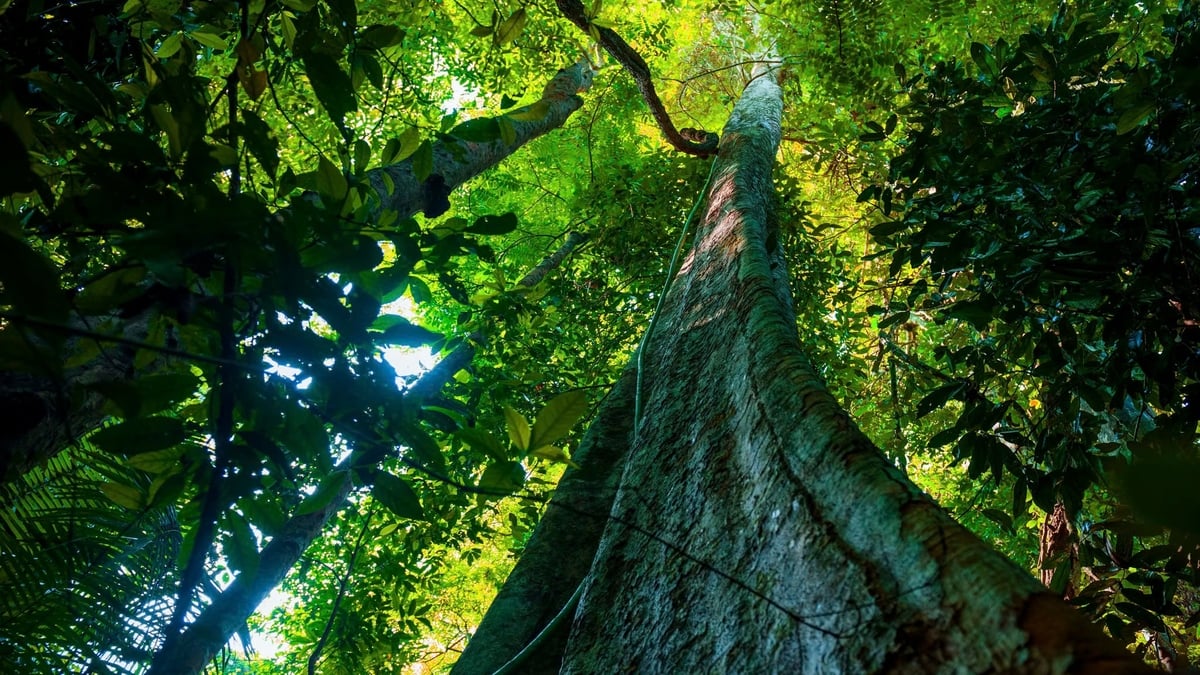
![[Photo] Prime Minister Pham Minh Chinh inspects the progress of the National Exhibition and Fair Center project](https://vphoto.vietnam.vn/thumb/1200x675/vietnam/resource/IMAGE/2025/5/19/35189ac8807140d897ad2b7d2583fbae)




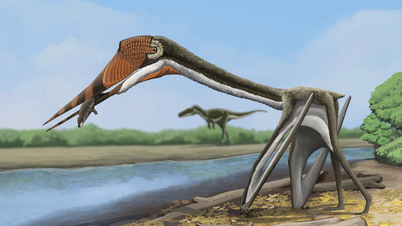


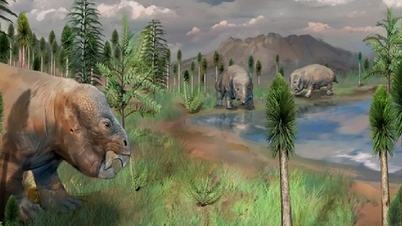
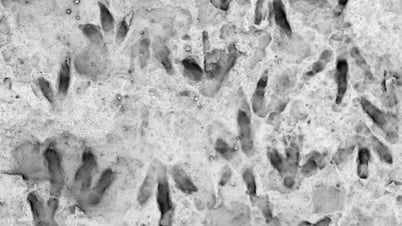




























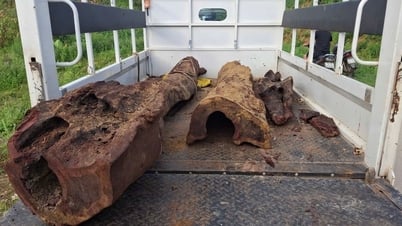



















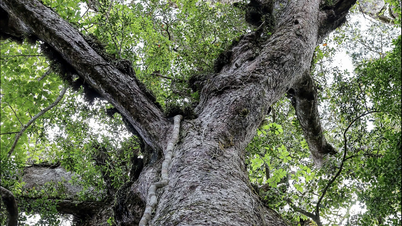




























![[VIDEO] - Enhancing the value of Quang Nam OCOP products through trade connections](https://vphoto.vietnam.vn/thumb/402x226/vietnam/resource/IMAGE/2025/5/17/5be5b5fff1f14914986fad159097a677)







Comment (0)